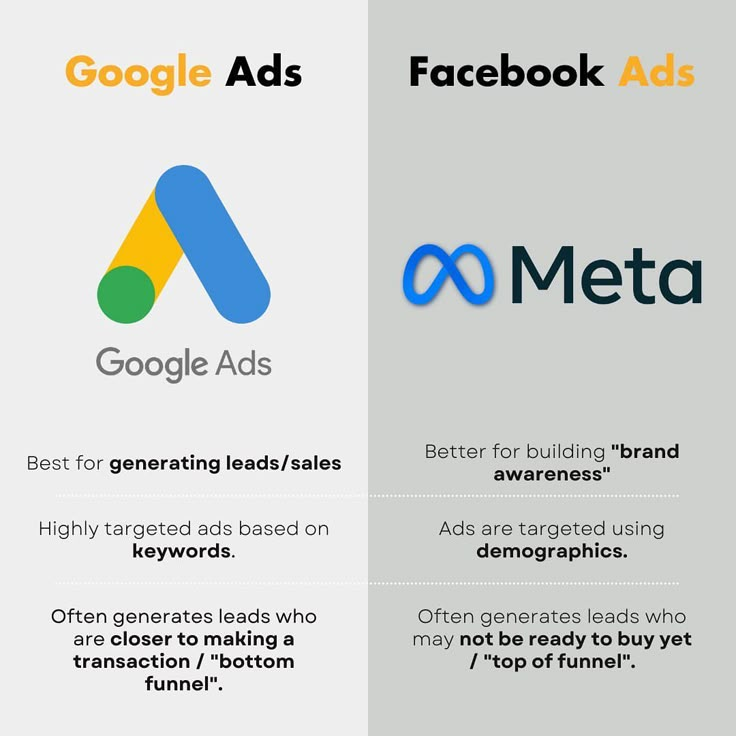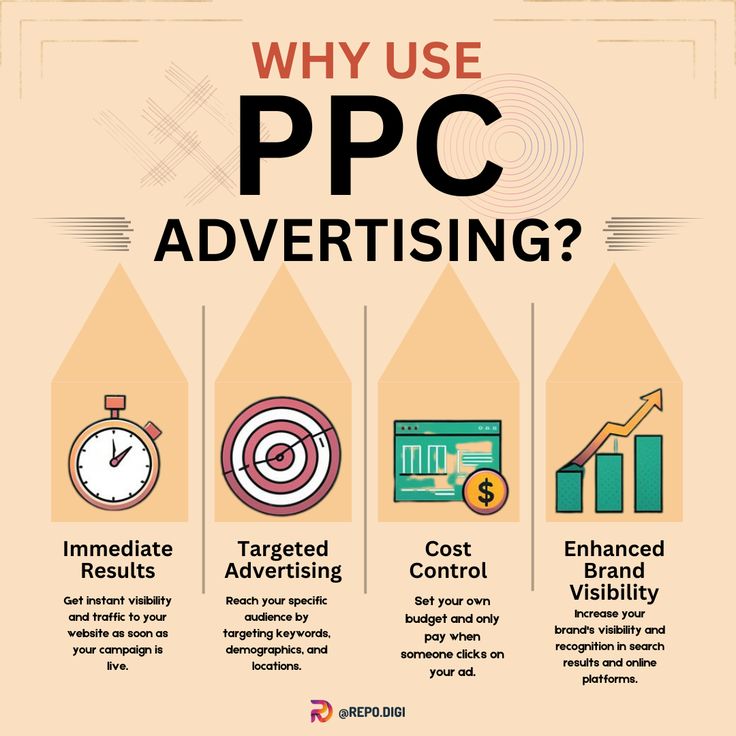Mastering Paid Advertisement: How to Boost Your Business with Targeted Ads
URL: /paid-advertisement
Introduction

In today’s highly competitive digital landscape, relying solely on organic traffic may not be enough to grow your business. This is where Paid Advertisement comes into play. With the right strategies, you can place your brand directly in front of your target audience, increase traffic, and generate more leads.
In this guide, we’ll cover everything you need to know about Paid Advertisement — from setting up campaigns on platforms like Google Ads and Facebook Ads to optimizing your ad spend for maximum return on investment (ROI).
What is Paid Advertisement?
Paid Advertisement refers to a marketing strategy where businesses pay to display ads on digital platforms such as search engines, social media, and websites. It’s a fast and effective way to increase visibility and drive traffic.
There are different types of Paid Advertisement strategies, including:
✅ Search Ads – Appear at the top of search engine results (Google, Bing)
✅ Social Media Ads – Shown on platforms like Facebook, Instagram, and LinkedIn
✅ Display Ads – Banners and pop-ups on websites
✅ Video Ads – Shown on platforms like YouTube
✅ Retargeting Ads – Target users who previously interacted with your brand
Why Paid Advertisement Matters for Your Business
1. Quick Results
Unlike organic strategies, Paid Advertisement delivers immediate results by placing your brand at the top of search results and social media feeds.
💰 2. Precise Targeting
Platforms like Google Ads and Facebook Ads allow detailed targeting based on demographics, interests, and user behavior.
🎯 3. Measurable Performance
You can track the performance of your ads using tools like Google Analytics and Facebook Business Manager to measure clicks, conversions, and ROI.
🌐 4. Cost-Effective Strategy
With the right strategy, Paid Advertisement offers a high return on investment by targeting the right audience at the right time.
👉 Want to improve your social media strategy? Check out our SMM Guide.
Types of Paid Advertisement
. Search Ads
Search ads appear at the top of search engine results when users type relevant keywords.
✅ Best for targeting high-intent users
✅ Works well for competitive industries
Example: A plumbing company using the keyword “emergency plumbing service” to appear at the top of Google search results.
2. Social Media Ads
Social media platforms like Facebook, Instagram, and LinkedIn offer robust ad targeting options based on user demographics and behavior.
✅ Best for building brand awareness and engagement
✅ Ideal for visual and creative ads
Example: A fashion brand using Instagram ads to target young adults interested in sustainable fashion.
3. Display Ads
Display ads appear on websites in the form of banners and pop-ups.
✅ Best for retargeting and brand visibility
✅ Works well for increasing product awareness
Example: A tech company using display ads to promote new software to users who visited their website.
4. Video Ads
Platforms like YouTube and TikTok allow businesses to create engaging video ads.
✅ Best for storytelling and product demos
✅ Ideal for increasing engagement and retention
Example: A fitness brand creating a YouTube ad demonstrating workout techniques.
5. Retargeting Ads
Retargeting ads show ads to users who have already visited your website or interacted with your brand.
✅ Best for conversion and customer retention
✅ Works well for abandoned cart recovery
Example: An e-commerce store using retargeting ads to remind users about abandoned shopping carts.

Creating a Successful Paid Advertisement Strategy
1. Set Clear Goals
Define what you want to achieve:
✅ Increase website traffic
✅ Generate leads
✅ Boost sales
✅ Build brand awareness
2. Define Your Target Audience
Understand your audience’s:
- Age, gender, and location
- Interests and online behavior
- Pain points and needs
3. Choose the Right Platforms
| Platform | Best For | Ad Format |
|---|---|---|
| Google Ads | Search intent | Search, Display, Shopping |
| Facebook Ads | Engagement and conversions | Carousel, Video, Stories |
| Instagram Ads | Visual content and brand awareness | Stories, Posts, Reels |
| LinkedIn Ads | B2B targeting | Sponsored Content, Message Ads |
| YouTube Ads | Video engagement | Skippable, Non-skippable, Bumper Ads |
4. Create Compelling Ad Copy
Your ad copy should be:
✅ Clear and concise
✅ Benefit-focused
✅ Action-oriented
Example:
“Get 50% off on premium kitchenware – Shop now!”
5. Design Visually Appealing Ads
✅ Use high-quality images and videos
✅ Keep branding consistent
✅ Test different ad variations
6. Set Your Budget and Bidding Strategy
Decide on a:
✅ Daily or lifetime budget
✅ Cost-per-click (CPC) or Cost-per-impression (CPM) model
7. Monitor and Optimize Performance
Track these key metrics:
| Metric | Purpose |
|---|---|
| Click-Through Rate (CTR) | Measures engagement |
| Conversion Rate | Tracks successful actions (sales, leads) |
| Cost Per Click (CPC) | Measures ad cost efficiency |
| Return on Ad Spend (ROAS) | Measures profitability |
Use tools like Google Analytics and Facebook Business Manager for tracking and analysis
Best Tools for Paid Advertisement
| Tool | Purpose | Link |
|---|---|---|
| Google Ads | Search and display ads | Visit |
| Facebook Ads Manager | Social media ads | Visit |
| SEMrush | Keyword research and competition analysis | Visit |
| Canva | Ad design | Visit |
Common Mistakes to Avoid
❌ Ignoring audience targeting
❌ Poor ad copy and visuals
❌ Overspending without tracking ROI
❌ Not testing different ad formats
Conclusion
Paid Advertisement is one of the most powerful tools for business growth. By selecting the right platforms, targeting the right audience, and creating compelling ad content, you can maximize your ROI and scale your business effectively.
Start using Paid Advertisement today and take your business to the next level!
👉 Need help with social media ads? Explore our SMM Guide.
